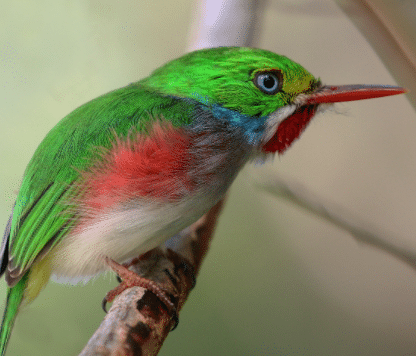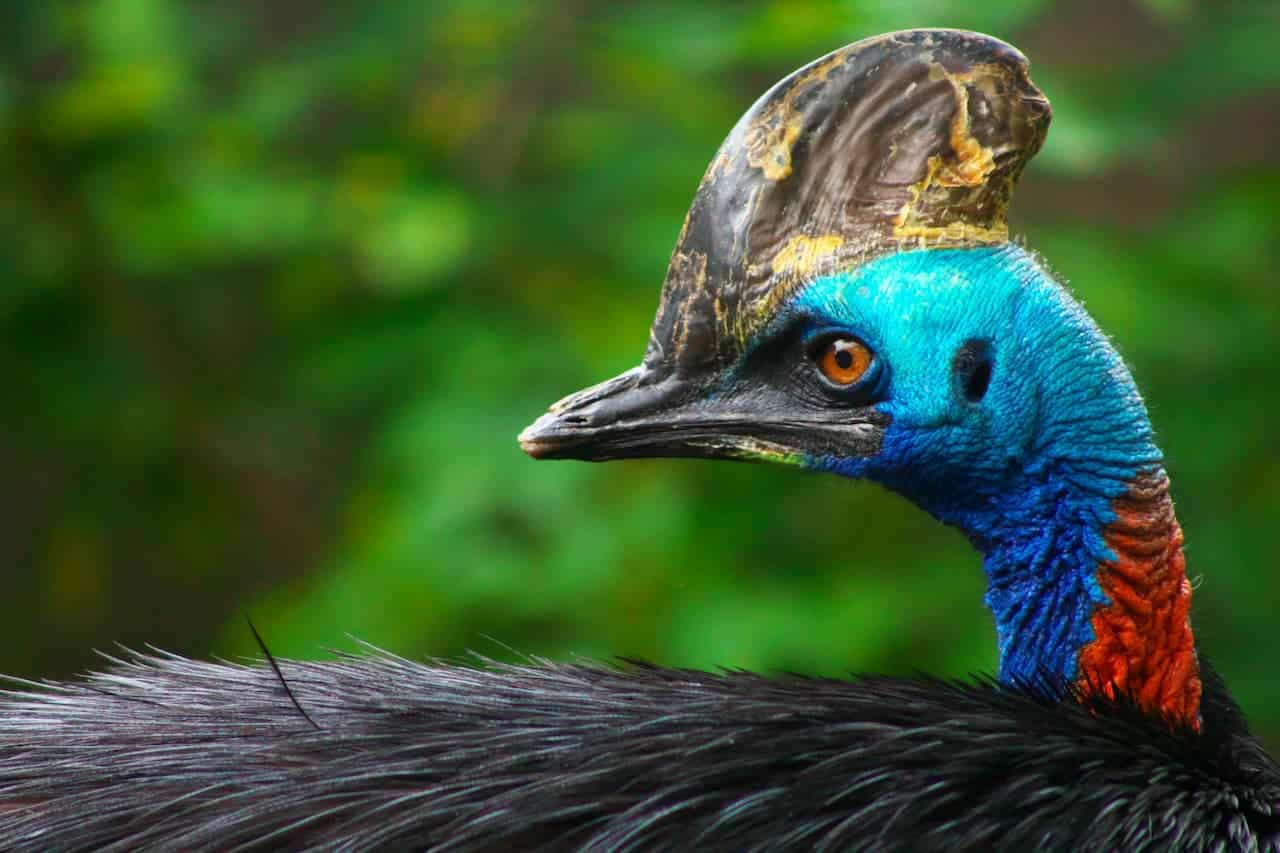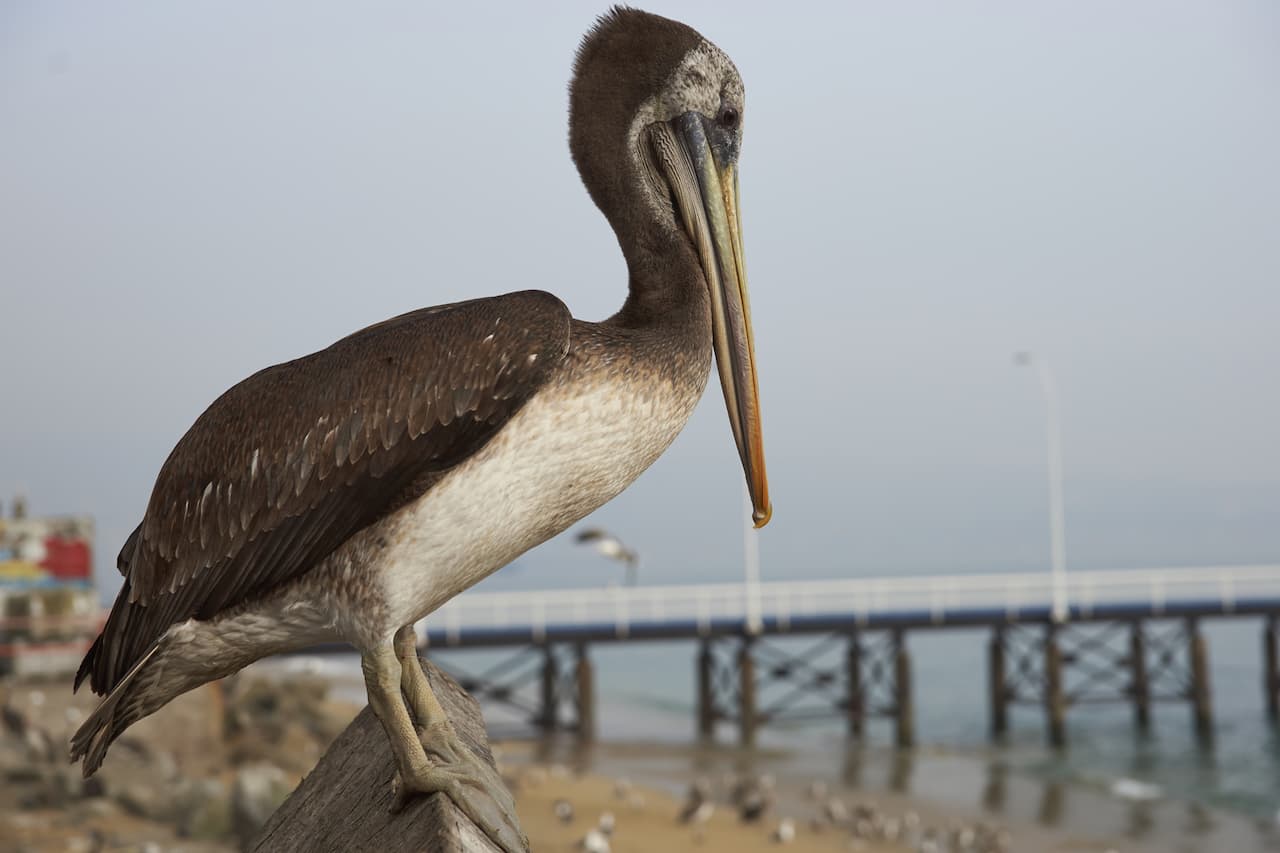Todies / Todidae
The todies (Todidae) are small forest birds that occur naturally in the Caribbean.
Subspecies, Distribution / Range
They occur naturally in the Greater Antilles: one species each is found in Puerto Rico, Jamaica Cuba, and adjacent islands. Two species occur on Hispaniola.
- Cuban Tody, Todus multicolor – Restricted to Cuba and adjacent islands road-billed Tody, Todus subulatus – Native to the island of Hispaniola (the Dominican Republic and Haiti); as well as the adjacent Gonve Island) where it inhabits in the lowlandsNarrow-billed Tody, Todus angustirostris – Native to the island of Hispaniola, where they live in the highlands.Jamaican Tody, Todus todus – Found only in Jamaica, Puerto Rican Tody, Todus mexicanus – Found on the island of Puerto Rico
Description
Size:
Todies range in weight from 5 to 7 g and in length from 10 to 11.5 cm (4 to 4.5 inches).
Plumages:
They have colorful plumage and resemble kingfishers, with green heads, backs and wings, red throats (absent in immature Puerto Rican, Broad-billed, and Narrow-billed Todies[1]) with a white and blue-grey stripe on each side, and yellow undertail coverts; the color of the rest of the undersides is pale and varies according to species.
Anatomy and Misc.
The eyes are pale grey. They have long, flattened bills (as do many flycatching birds) with serrated edges; the upper mandible is black, the lower red with a little black. The legs and especially the feet are small.
Diet / Feeding
They mostly feed insects, lizards, and other small prey. They particularly favor grasshoppers and crickets, beetles, bugs, butterflies, bees, wasps, and ants. Spiders and millipedes may also be taken. They also take small amounts of fruits, which make up about 2% of their diet.
Breeding / Nesting
Todies nest in tunnels, which they dig with their beaks and feet in steep banks or rotten tree trunks. The tunnel is 30 cm long in the Cuban and Narrow-billed Todies, 30 to 60 cm in the Broad-billed Tody, and ends in a nest chamber, generally not reused.
They lay about 4 round white eggs – both parents share the incubation duties.
The hatchlings are altricial (born naked, blind, and completely helpless) and remain in the nest till they can fly. Both parents raise the chicks, feeding them as often as 140 times per day.
Calls / Vocalizations / Sounds
Todies are highly vocal, except that the Jamaican Tody seldom calls in the non-breeding season (August to November).
Their vocalizations include simple, unmusical buzzing notes, beeps, and guttural rattles, puffing their throats out with every call.
Additionally, when courting or defending their territories, the wings of the Puerto Rican Tody, in particular, produce a “strange, whirring rattle”.






